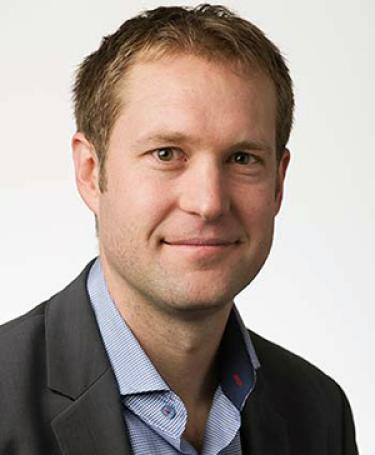
Jordan Macknick is the Lead Energy-Water-Land Analyst for the National Renewable Energy Laboratory. He is a member of the Strategic Energy Analysis Center’s Systems Modeling team within the Resources and Sustainability Group. Jordan’s primary work addresses the environmental impacts of energy technologies, while seeking opportunities for energy and ecological synergies. In his energy-water-land leadership capacity, Jordan analyzes national and regional implications of different energy pathways in the context of water and land resources, evaluates opportunities to improve the energy management of water infrastructure, and explores innovative approaches to co-locating solar and agricultural activities. Jordan received his BA in Mathematics and Environmental Studies from Hamline University in 2005, and his Master of Environmental Science degree in Transboundary Natural Resource Policy from Yale in 2009. Jordan’s areas of expertise include systems modeling of energy and water infrastructure interactions, renewable-powered water treatment systems, meta-analysis of diverse data sets, and low-impact renewable energy development.
Title: Transformation of Colorado’s Energy Sector – The energy sector is closely integrated with other sectors of the economy and society. As innovations lead to changes in individual energy technologies and broader energy systems, other parts of society will co-evolve, leading to new challenges and opportunities. The National Renewable Energy Laboratory (NREL) is at the forefront of developing new energy-efficiency, energy-generating, and energy-storage technologies that could drastically alter the nation’s and the state’s energy sectors. These advancements are closely tied to the changing needs of the agricultural, mining, manufacturing, building, water treatment, and transportation sectors. Systems-level perspectives can help us better understand how technological innovations can be best integrated into existing infrastructure, or when more significant transformations are necessary.

